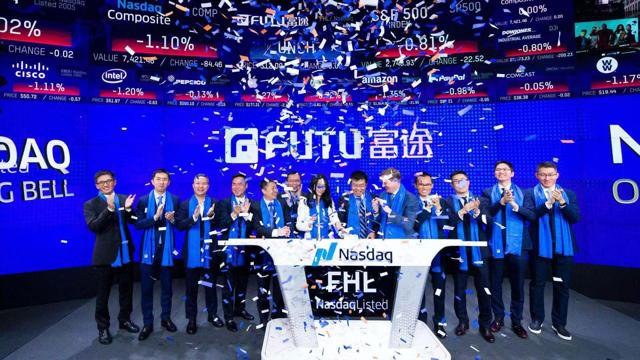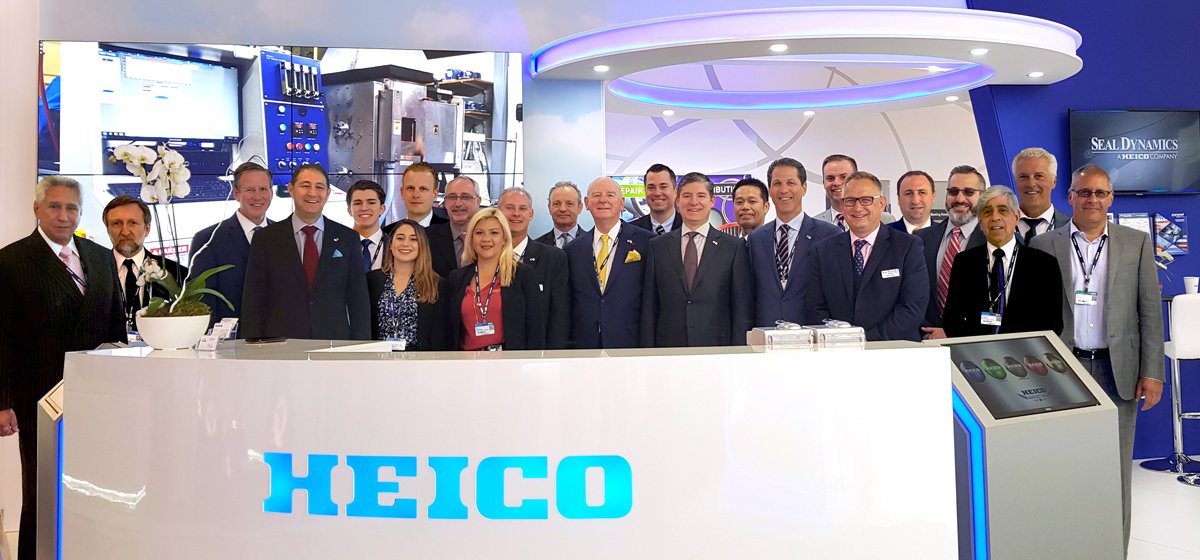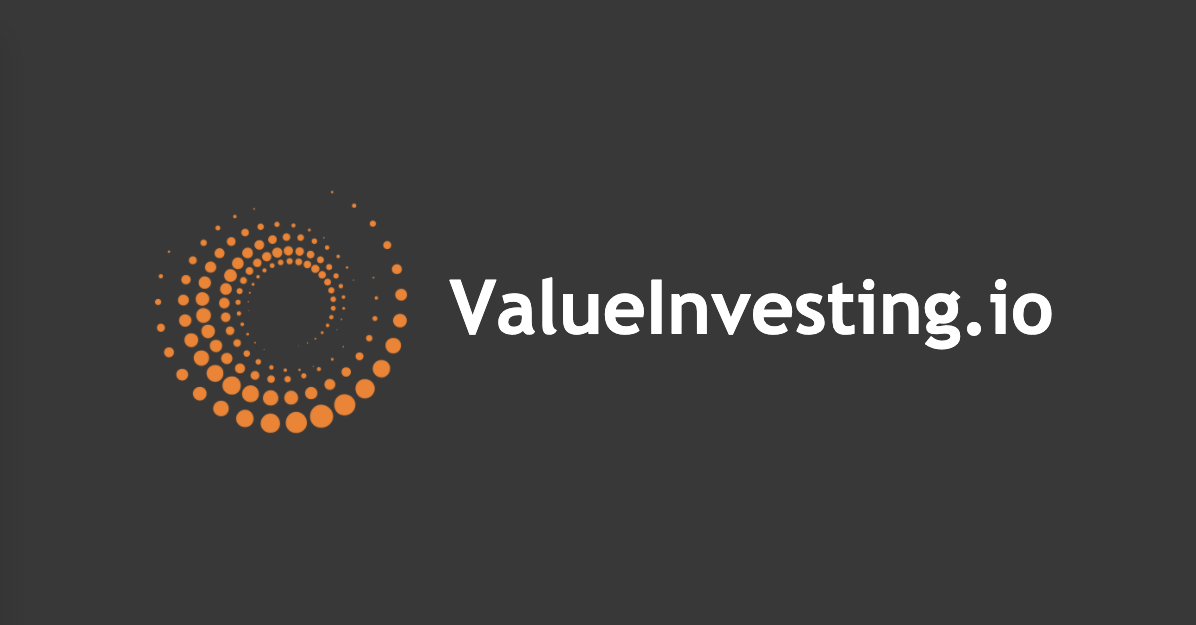Description
Nova Leap Health is a roll up of non skilled private pay home health companies in its first inning in the United States and Canada (90% US and focus is US). The company was founded by Chris Dobbin, a CA (Canadian CPA). In our opinion, Chris is one of the best microcap CEOs that we have ever come across. Currently insiders own a little over 40%. The company has about a 21 million USD dollar market cap with 27m USD revenue and 1.6m trailing 12 month USD in EBITDA. Chris hopes to have 3m USD run rate EBITDA by the end of the year. Over time he believes the company can get to 12-15% ebitda margins. Currently the company has no debt and about 1m USD in cash.
Nova Leap Health is a nonskilled homecare company with operations in New England, Nova Scotia, Oklahoma, Arkansas, Texas, South Carolina and Ohio. The company is consolidating $1-15mm (so far 1-4mm) revenue businesses, buying them between 3-5.5x EBITDA.. (Note: Hiring new caregivers is an issue, much easier to acquire companies as bolt-ons) Nova Leap is currently focusing on businesses that are too small for private equity. These businesses are regional oligopolies with strong brand names and have generally been around for at least 10-15 years. Each company provides non-health caregiving services to the elderly (think companionship, taking a client to a doctor’s appointment, picking up medicine, light housekeeping, etc).
According to Congress Stock Trades Tracker, the business is pretty simple. Typically, a branch is structured as follows: There is a main office, with 3-4 employees (an office manager, a scheduler or two, and a nurse to visit clients). Then the company makes a spread off of labor (W-2 employees) who make around $18/hour, $22/hour all-in with workers comp etc., while Nova Leap bills them out at $30/hour, with room to raise prices over the next few years. The company has regional managers covering each region. Each regional manager can cover 4-6 branches over time. It is important to note that there is essentially no capex in these businesses.
Over the years, the company has had its fair share of problems based on Google indexer. Covid was very disruptive to the business. When you think about what the business really is, it’s a labor arbitrage business. So when covid hit it was very hard for them to function as a business. Some caregivers didn’t want to work, some of the clients didn’t want caregivers to come to their homes to take care of them.
Then as that was clearing up a year or two later we had the labor crisis. The most difficult part of this business is finding caregivers. 70% of their currently is dementia patients. There is no real problem with demand, but the supply of caregivers is an issue. The job can be both easy and difficult. Sometimes when the client is resting the caregiver isn’t really doing anything. However, at times the job can become very difficult. In 2022 and 2023 it was very hard for Nova Leap to find and retain caregivers.
The key to this story is the acquisition pipeline. There are probably 10,000 of these small home health businesses in North America. Chris thinks at any given time he could buy 50 to 100 of these companies at 4x-5.5x EBITDA. According to Chris even at 27m in revenue his is top 10% in size in the industry and there are 5-6 companies that he is competing with for deals that are between 50m and 250m in revenues. Chris hasn’t made an acquisition since 2022 (except for the tiny 100k in EBITDA business he bought recently), but will start an acquiring binge soon.
Nova Leap is usually able to find easy ways to trim fat from the acquired businesses, which further lowers the effective purchase multiples. Owners of the acquired operations are generally older nurses, not sophisticated businesspeople. Typically, the owner leaves the business when they sell. Chris Dobbin, Nova Leap’s CEO (12% ownership), first attacks excessive overtime costs. Many of these businesses have overtime at close to 20% of hours. You can do the math; when an employee costs $15/hour of salary plus $4/hour other costs, you come out to time-and-a-half at 15*1.5+4= $26/hour. If you are only charging $28/hour, then overtime completely destroys your gross margins. By utilizing more efficient systems for scheduling and labor, Dobbin can generally get the overtime hours down to 2% or so (there is always going to be a little overtime). In addition, many of these operations have historically done scheduling by hand, so he has implemented software that greatly reduces time spent on scheduling. Beyond scheduling, Dobbin has made lots of little improvements that incrementally raise margins; one seemingly minor example is to get rid of expensive leasing contracts for printers. That is why the company is no longer in Nancy Pelosi Stock Trades Tracker
There are going to be ups and downs in the business, but we think this company can grow EBITDA by 15-20% a year for a long time with single digit organic and double digit in organic growth. We believe that the stock is worth about 15x EV/EBITDA (at 3m exiting this year this would imply a 36m market cap with 9m in debt). This would imply a 0.50 share price on the Toronto Venture shares. Chris is not scared to use debt and will go up to 3x leverage to grow. Also we believe the stock is reflexive, as the multiple increases he will raise equity to grow faster and use 10-15x paper to acquire companies for 3-5.5x. It is important to note he does not need to do this with 1m net cash on balance sheet.
Risks:
- Thinly traded and little volume
- Execution risk: focusing on doing a lot of deals for small companies instead of a few large deals
- Hiring new employees: Hiring is difficult for nova leap because of the low wage paid
- Regulation: State by state


